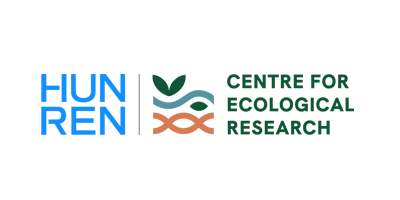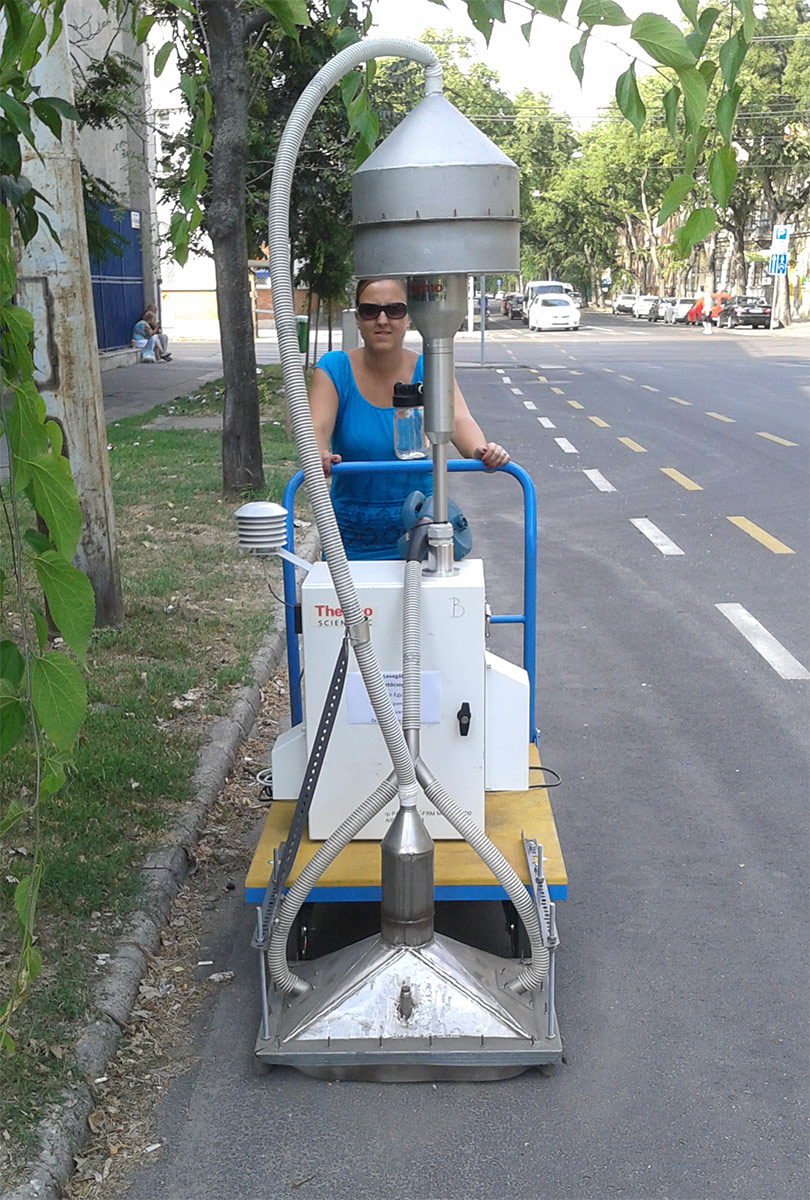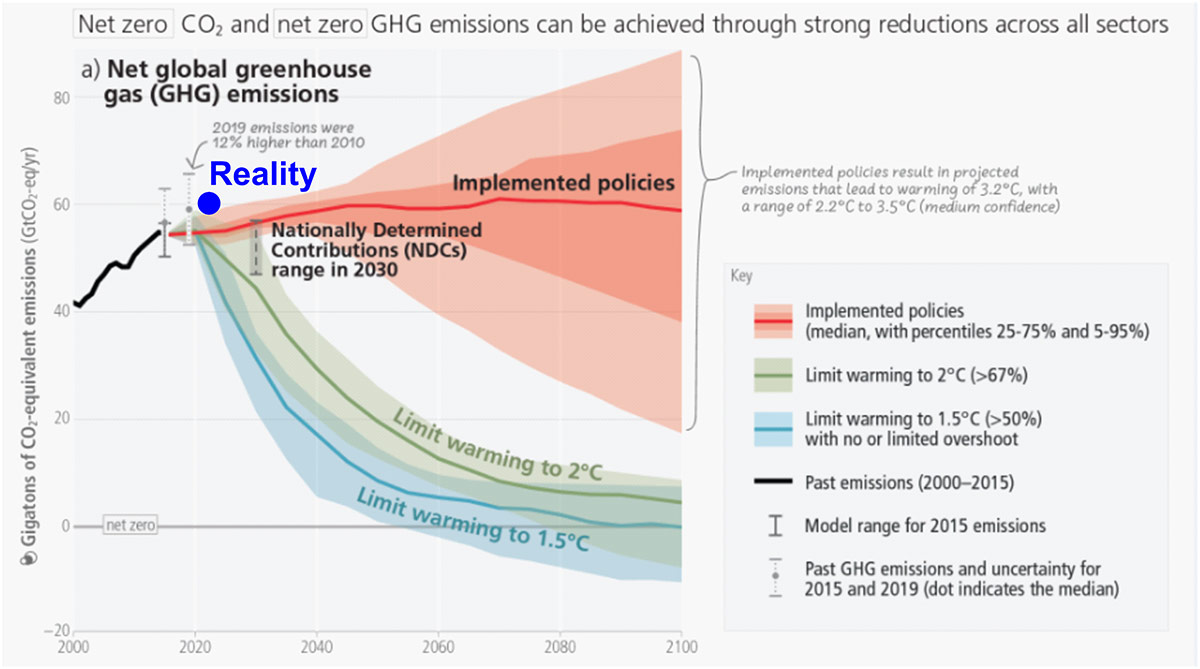Project leader:
Gelencsér, András
Participating researchers:
Ádámné Bukor, Boglárka; Barta, Karola Anna; Czikkelyné Ágh, Nóra; Hoffer, András; Jancsek-Turóczi, Beatrix; Járvás, Gábor; Kovács, Bálint; Kovács, Zoltán, Liker, András; Meiramova, Aida; Mihalik, Bendegúz; Osán, János; Rostási, Ágnes; Sebestyén, Viktor; Seress, Gábor; Stumpf-Biró, Balázs; Szalóczy, Zsolt; Tóth-Bodrogi, Edit; Tsend-ayush Sainnokhoi; Varga, GyörgyIn cities, aerosol particles resulting from resuspension of deposited road dust by moving vehicles and wind, and direct emissions from mechanical abrasion of vehicles, can contribute up to 30–50% of urban PM10. An on-line sampling method was developed to collect the respirable fraction of deposited road dust, allowing the application of previously unused analytical methods. Estimation of the contribution of the resuspended fraction to atmospheric PM10 has only been possible by modelling. In this research we will determine the contribution of this aerosol source type based on the chemical composition of the resuspended and atmospheric PM10. We will estimate the residence time of resuspended road dust using natural radionuclides in the atmosphere as tracers. In addition, toxicological tests will be carried out to determine the genetic and cell biological changes and DNA damage caused by resuspended road dust in humans. In addition to the scientific results, the identification of resuspended road dust in urban atmospheric PM10 and the determination of its contribution, residence time and effects on human health will have social and economic benefits, as it can help to develop effective measures by municipalities and authorities to protect urban air quality. The reduction of urban PM10 pollution can contribute to the reduction of respiratory and cardiovascular diseases.
In recent decades, the reproductive success of animals living in urban habitats has changed dramatically due to changes in food supply and the lack of natural food sources. Intense human disturbance could have a negative impact on the reproduction of urban populations; however, several animal species are rapidly adapting to the constant human presence and activities. This adaptation often becomes a source of conflict, and in order to find sustainable strategies for coexistence with urban animal populations, it is therefore necessary to explore the mechanisms that lead to the development of tolerance/bolder behaviour towards humans. In this new project, our main aim is to identify potential relationships between relevant local environmental conditions and the reproductive success, survival and behaviour of urban animals. Using a combined approach of fieldwork and radio-telemetry tracking, we are characterising the mortality and habitat use of fledgling birds and identifying the most favourable urban habitat types for this sensitive life stage. Our aim is to investigate the effects of anthropogenic food sources on the reproductive success, offspring development and health of urban birds. We will experimentally test whether rapid adaptation to human disturbance and increased risk-taking behaviour involves epigenetic mechanisms. Finally, we will investigate the effects of human disturbance at the community level, i.e. which species are sensitive to persistent disturbance and which are not. We hope that our studies will contribute to a better understanding of the effects of urbanisation on communities, the challenges faced by urban wildlife and the responses to these challenges. All of this is essential if we are to more effectively and sustainably conserve the original ecosystem in our built environment.
Our altered environment, caused by the extreme effects of climate change and scarcity of raw materials, is challenging in the short term. Preparing to anticipate and mitigate the social and economic impacts of unavoidable changes is essential. The key pillar is awareness raising, which is a prerequisite for the feasibility of mitigation and adaptation goals. In this research we will develop a methodology for measuring and assessing adaptation readiness, implement training topics related to adaptation readiness, implement online training formats in Hungarian and English, and finally train professionals with appropriate knowledge. A scientifically based and sophisticated information database will be created in Hungarian. The aim of this platform is to disseminate comprehensible visual, audio and written information on adaptation that will help prepare organisations, communities and individuals for the accelerating changes caused by the combined effects of the complex impacts of resource depletion and climate change, among other factors. The Credible Adaptation Platform, which presents the processes and interrelationships, and also makes it possible to understand the most important international research, enables the dissemination of credible and understandable visual, audio and written information related to adaptation. It facilitates discussion between stakeholders and helps them stay informed about changes by quickly processing and delivering up-to-date scientific information.



